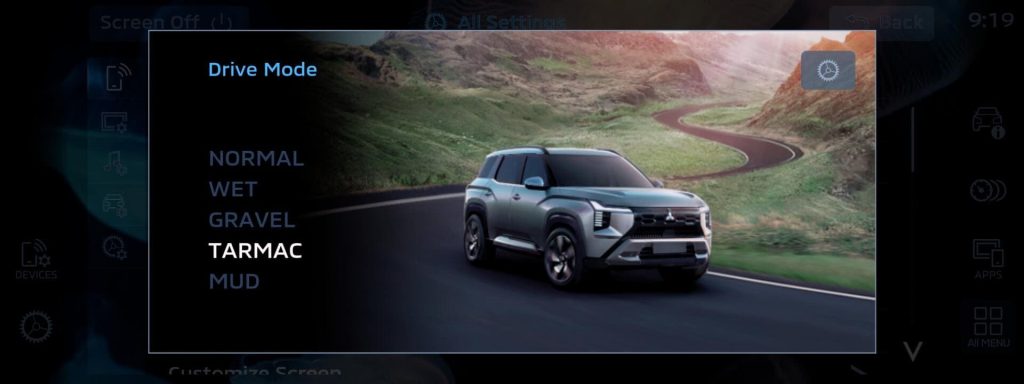

**Title: NHA Publishes New Safety Protocols for Driving in Rain**
The National Highway Authority (NHA) has recently unveiled a detailed set of safety protocols aimed at improving driver safety in rainy weather. As the rainy season arrives, road conditions may become perilous, increasing the likelihood of accidents. The NHA’s updated protocols are intended to assist drivers in managing these difficulties with safety and effectiveness.
**Essential Protocols for Driving in Rain:**
1. **Vehicle Upkeep:**
– **Tire Inspection:** Verify that tires possess sufficient tread depth and are correctly inflated. Worn tires can greatly diminish traction on wet surfaces.
– **Windshield Wipers:** Replace old or worn-out wiper blades to ensure clear visibility. Regularly check the windshield wiper fluid levels.
– **Lighting:** Confirm that all vehicle lights are operational, including headlights, taillights, and turn signals, to enhance visibility for yourself and other road users.
2. **Driving Practices:**
– **Slow Down:** Operate at a reduced speed compared to normal to maintain control and decrease the risk of hydroplaning.
– **Extend Following Distance:** Keep a larger distance between your vehicle and the one ahead to provide for longer stopping distances on wet surfaces.
– **Avoid Abrupt Movements:** Use gradual and smooth actions for steering, braking, and accelerating to avert skidding.
3. **Awareness and Visibility:**
– **Engage Headlights:** Activate headlights to boost visibility, even during daylight, ensuring other drivers can spot you.
– **Remain Vigilant:** Focus intently on the road and nearby vehicles. Steer clear of distractions like mobile phones and loud music.
4. **Road Conditions:**
– **Dodge Puddles:** Avoid large puddles and standing water, as they may conceal potholes and lead to hydroplaning.
– **Caution on Slippery Surfaces:** Exercise care on painted road markings, metal surfaces, and leaves, which can become slick when wet.
5. **Emergency Readiness:**
– **Route Planning:** Review weather forecasts and road conditions prior to departure. Consider alternate routes if necessary.
– **Emergency Supplies:** Keep an emergency kit in your vehicle, including essential items such as a flashlight, first-aid items, and basic tools.
**Conclusion:**
The NHA stresses that safety must be the highest priority for all drivers, particularly in adverse weather conditions. By adhering to these protocols, drivers can substantially lower the chances of accidents and ensure a safer journey for themselves and others on the road. The NHA remains committed to enhancing road safety and urges all drivers to remain informed and prepared.






